You might ask how Parthenon architecture is different from all other Greek temple ruins; they all kind of look the same after all? Right? Well, an observant look might disagree with you. First, let’s go back a step. What is so special about the whole ancient Greek architecture? The reason we ask this question is that (Spoiler Alert!) Parthenon architecture is considered the crown jewel of the great Greek Empire’s glory.
Almost all over the world and all through history, especially after the Renaissance, the values of the Greek and Roman Empires have been borrowed as a way to signal rationalism and human dignity.
The Greek’s curious eye for the nature and their study of human physique and mentality as an acting part in it has been regarded as the spirit of wisdom, inquiry, and the liberation they give birth to.

You’re not sure if that’s true? Just take a look at the Renaissance buildings across Europe that were built after the Middle Ages, the classical trends in the 18th and 19th centuries as a response to the Baroque and Rococo’s futile obsession with ornaments, and most recently, a lot of supreme court buildings around the world that haul the name of justice and human rights.
Now with that background, it wouldn’t be surprising to learn that the main landmark on the most eye-catching urban element in Athens’ landscape (the Acropolis hill) is the one that has withstood and witnessed over two thousand years of ravage and prosperity;
Parthenon architecture is an epitome of all the values and the genius the Greek were known for.
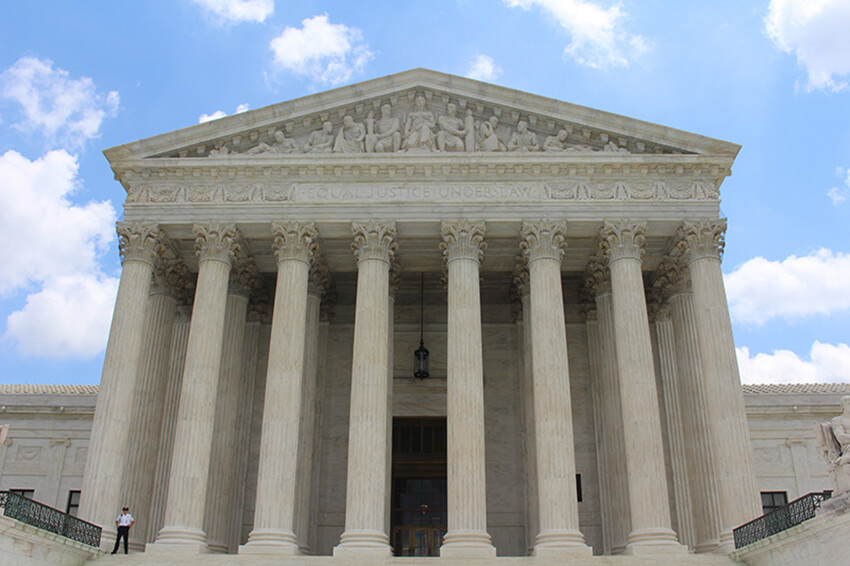
Let’s get to know this priceless token of the ancient world by dusting away its long history, the philosophy behind its design, and discover its perfect imperfections.
The History and Philosophy behind Parthenon Architecture
One of the most ironic Parthenon architecture facts is the peculiar and nasty turn of events that led to its construction.
Back then, the two rival world powers, the Greek and the Persians would occasionally invade one another’s territory; same as every world power has ever done to its nemesis through the history.

Xerxes’ invasion of almost all Greece in 480 B.C. devastated the Empire and most severely the capital, Athens; which suffered gravely from the Persian sacking of the city and its fortune.
This was all before the Acropolis would be adorned by the Parthenon architecture in 432 BCE; when its 16-yearlong construction would finish.
Although Alexander repaid the Persians’ visit in full and maybe more a century and a half later by scorching the great Persian capital, Persepolis, and sacked all the cities and villages along the way; leaving half-erected marble columns and worn-out stone platforms to erode under broad sunlight today.

Even Alexander’s supposed enthusiasm for art and architecture didn’t stop him from responding to Thais’ call to torch up the palaces of Persepolis after they were through with the city’s capture and pillage, just as Iranians didn’t abstain themselves from razing Athens to ashes.
Anyway, what’s done is done; maybe that was what the Athenian official, Pericles said when he directed a group of architects and sculptures to rebuild the glory he envisioned for the Greek. Parthenon was seen to be the answer; a temple dedicated to Athena, the patron goddess for the people of Athens.
So, Ictinus and Callicrates as architects started designing and building the Parthenon architecture in 447 B.C. and finished construction by 438 B.C.

The building’s final sculptural work by Phidias and its red, blue, bronze, and gold palette finished by 432 BCE; making up a total of 16 years that was remarkable in terms of construction pace in that age.
History reveals a lot of Parthenon architecture facts about its dangerous, manipulative, and sometimes destructive journey of roughly 2500 years.
After almost a thousand years as a dedicated worship house entitled to Athena, Parthenon was closed, and almost in a century and a half later, around the ending years of the 6th century AD, the temple was converted to a Christian church.
The east-west orientation of Parthenon, with the eastern façade as the entrance, was flipped according to Christians’ tradition who had their churches built toward the east as to where they expected Jesus Christ’s Second Coming.
So, the western façade was designated as the new entrance, with a Christian altar placed at the Eastern end of the former-temple.
Scrolling forward almost a thousand years in time to 1458 AD, when the Florentine army surrendered to the Ottoman Turks’ two-year-long siege over Athens.
The new Ottoman ruler in the city kept the Parthenon architecture as a church for almost two decades but following a conspiring plot by native Athenians to topple the usurpers, Mehmed II ordered the church to be converted to a mosque as a punishment.
The integral tower inside Parthenon that traced back to the Roman Catholic era, was extended to act as a minaret. Parthenon’s Christian add-ons were removed and a Minbar and Mihrab were added into the building.
Following a recapture of Athens by Venetians, a round mortar was fired by the invaders and detonated the load of gunpowder that was placed inside the Parthenon architecture by the Turks and so the most destructive impact on the temple’s long history was inflicted.
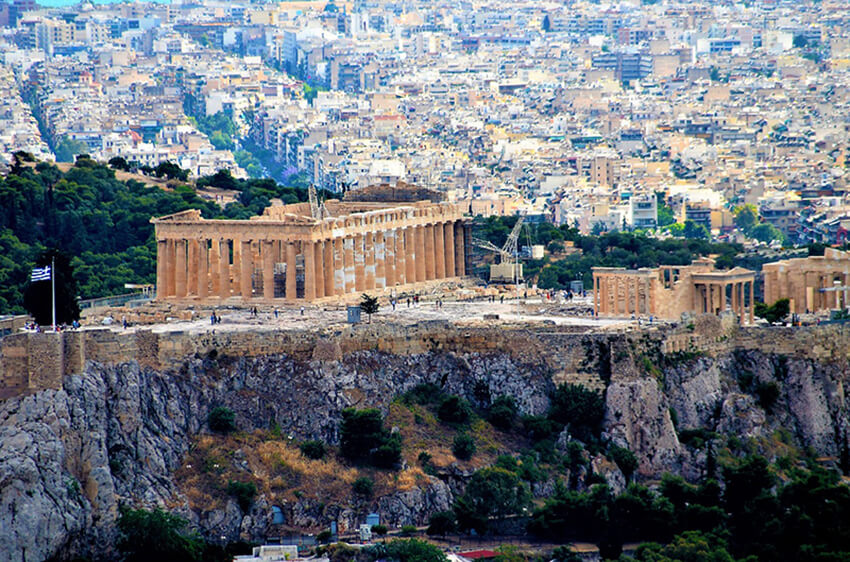
Three out of four internal walls of the Cella (Parthenon’s main inner chamber) collapsed, more than half of the frieze’s (the horizontal beam over perimeter columns) sculptures and almost all the wooden roof structure fell; most of it shattering beyond repair and with the central section of the temple effectively turning into rubble.
The following years up until Greece’s independence in 1832 witnessed plunder and reuse of the sculptures and stone compartments that were left off the explosion.
The nineteenth century seemed like an opportune time for the British Ambassador to the Ottoman Empire and others to remove some of the marble sculptures, like the 7th Earl of Elgin, from the Parthenon architecture.
Pieces that are now being kept at the British Museum in London, Louvre in Paris, and The National Museum in Copenhagen.
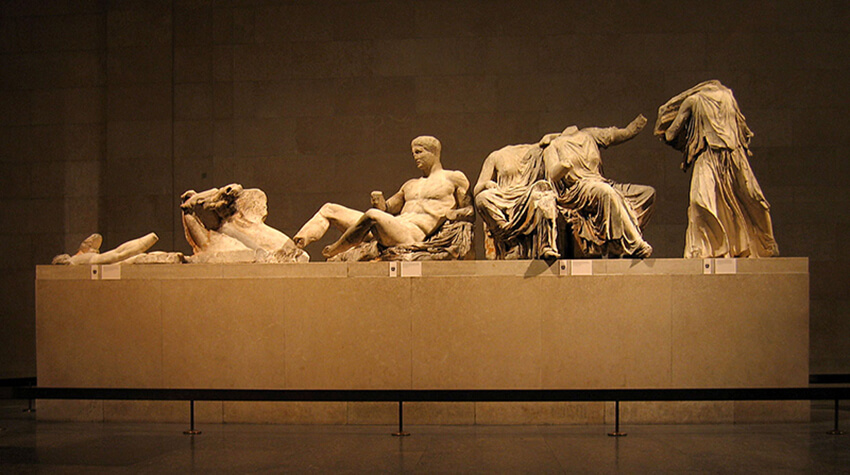
In the modern era and to this day, restoration efforts are being made by the Greece Government to recapture how the building was at its prime.
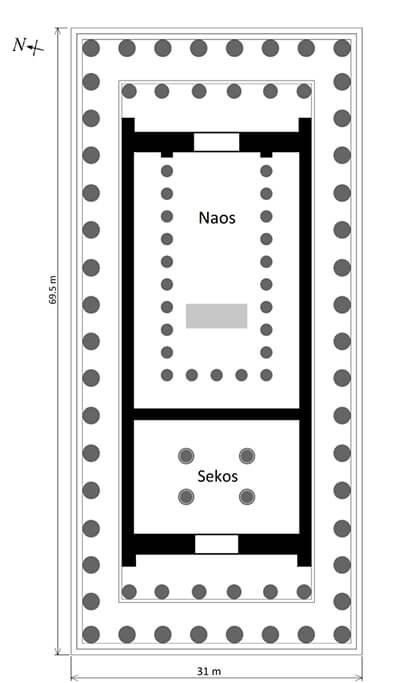
The Design of Parthenon Architecture
Parthenon architecture’s bright marble has withstood centuries of time and human ravage and they still stand out as the most eye-catching element across Athens.
The temple’s rectangular plan is surrounded by Doric columns with vertical ripples all around and square capitals at their top and bottom.
The whole temple stands on a three-stepped platform.
17 columns on each of the northern and southern fronts and the 8 columns at either of the east and west façades encircle two walled chambers inside that are called Cella and sit back-to-back across the building’s orientation.
The entrance for each room on the west and east is shielded by six columns behind the enclosing columns on the outer tier of the temple.
Both cella chambers are divided into three aisles by a pair of colonnades across the length of the room.
The main columned part of the Parthenon architecture is topped by a relatively slim horizontal beam; consisting of a plain layer right on top of the square capitals over the Doric columns and then an alternating band of vertical grooves (Triglyphs) and ornamental sculptures (Metopes).

The final upper part of the Parthenon architecture is a slow triangle called Pediment that’s visible on the eastern and western fronts. It contains sculptural work that each depict a story of some sort; a fight between the divine and evil or a godly occurrence like the birth of Athena on the east side.
Of the three Doric, Ionic, and Hellenistic styles over the course of Greek history, Parthenon architecture is the climax of the Doric era.
Although to the observer’s surprise, the inner wall is decorated by Ionic sculptures. An assertive statement proclaiming Athens and its crown jewel, Parthenon architecture, the forerunners of the Greek culture.
Parthenon Architecture and Defeating Optical Illusion
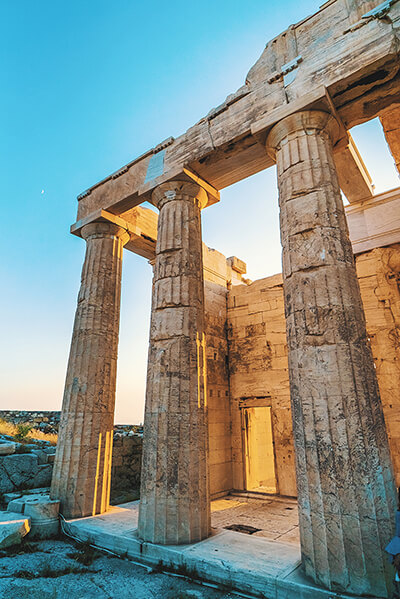
Although the temple might seem straight from every angle, the truth is, you almost can’t find any straight lines across Parthenon architecture. That’s the genius of this temple; to perfectly create a presumed imperfection all for a reason.
Endorsed by the Roman author, Vitruvius, the architects have deliberately made some unusual refinements to defy the optical illusions of the human eye. Another evidence that hints at the Greek’s remarkable attention to the nature that surrounded them.
One of the visual anomalies in the Parthenon architecture is the outward curvature of the temple base, and subsequently, the upper compartment to make visually straight lines across all façades when seen in perspective, as the building is designed to be approached within an angle to the temple’s main axe.
Outer columns (Peristyle) at the corners are thicker than the rest to tackle the illusion caused by the background sky at the temple’s edges; different from what is seen behind other columns.
The peristyle or the outer tier of columns around the Parthenon architecture is also not perfectly vertical; they slightly lean inward to combat the same perspective-driven illusion of our eyes.
Such perfect care to adjust to the imperfections of the human eye comes from the Greek’s deep understanding of their world and their active manipulation in it.
Conclusion
As the crown jewel of the Doric art period in Greece, Parthenon architecture sits over the most iconic element of the peninsula; the Acropolis hill in Athens.
It’s precise geometry and proportion as a whole that is also consistent to its tiniest elements, show the genius design prowess and the splendid construction skills of the Greek.
But we also learned that its deliberate imperfection has made Parthenon architecture an appealing window to the rational world of a distant past.
Have you ever been to Acropolis? If so, tell us about the magical experience of following the steps of Parthenon’s great builders, conquerors, and vicious contenders over its long and eventful lifetime.

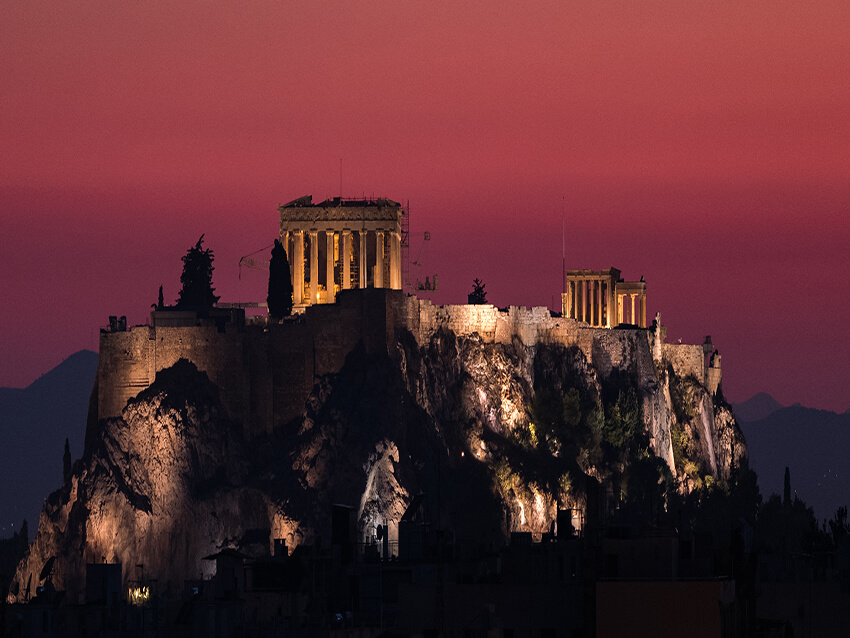









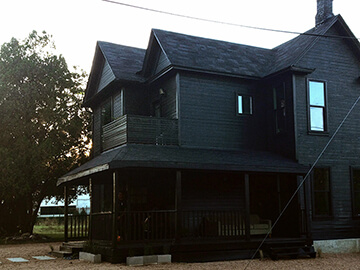
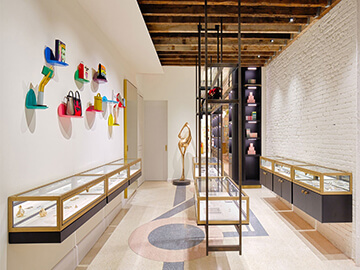
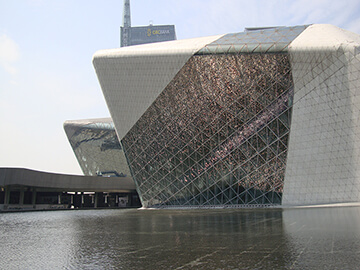
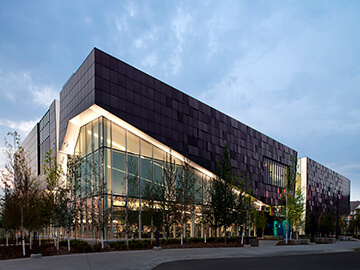




Comments